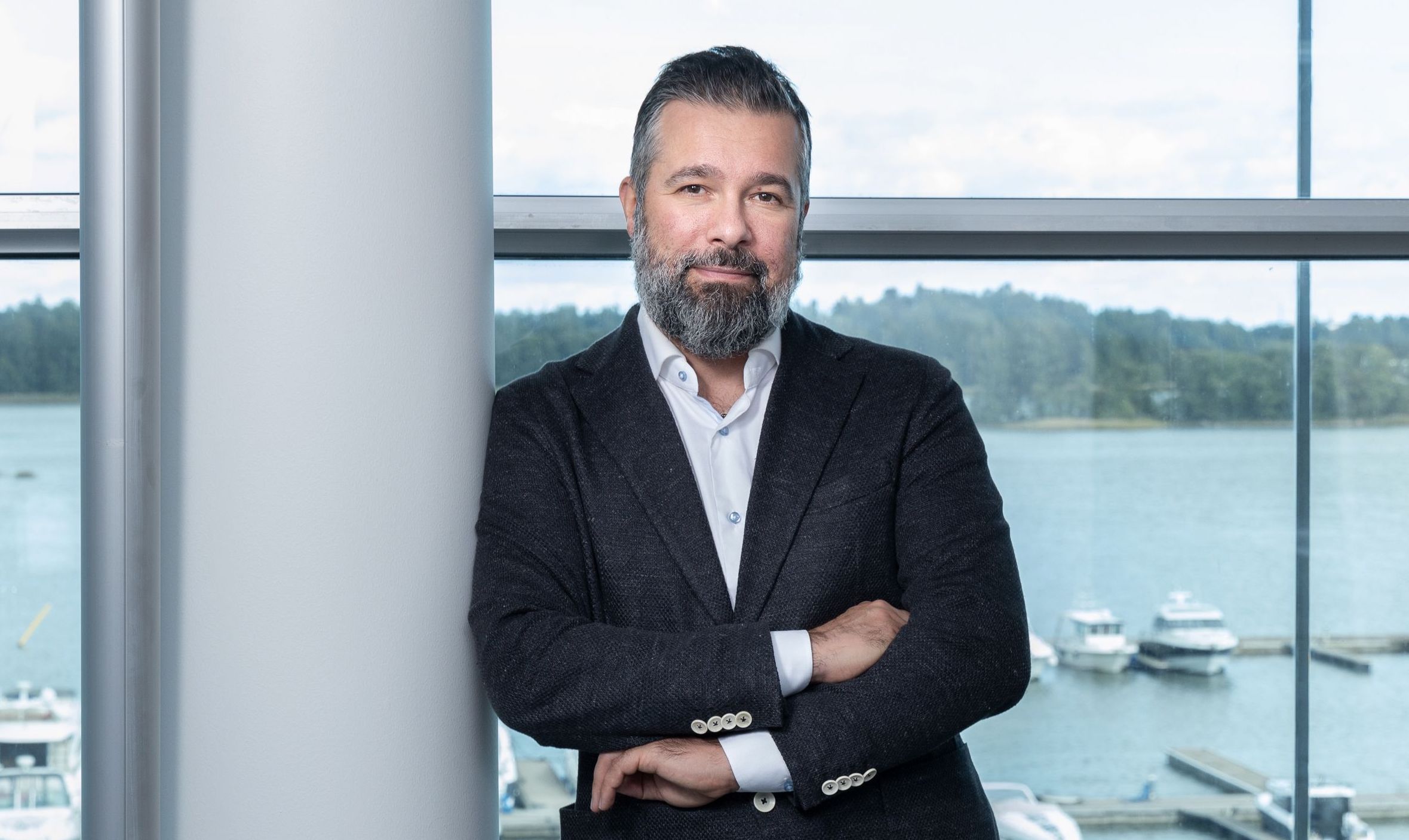Change Your Browser
You´re using a web browser that isn´t supported by this site. To get a better experience, please use another browser of your choice.
- About us
- Our offers
- Press
- Work with us
- Transformation Partners
- Startup Collaborations
Part of the network? Learn more about our community platform:
- Combient Twin
Already a Twin user?
- Login to Twin
News
How KONE uses an Agile operating model to align physical and digital development
Agile ways of working have already found their place within software development teams. But what happens when a leading industrial manufacturer adopts an agile operating model that goes beyond software and into hardware development and the wider organization?
Transformation driven by megatrends shaping the industry
Driven by megatrends in urbanization, sustainability, and especially technology shaping and growing the industry, KONE executives realized that a radically new approach towards product development was needed. This sparked their journey towards adopting an agile operating model, with organization-wide implications. The focus was at first on software and services development which traditionally has a stronger linkage to the methodology, before rolling it out for hardware development, and eventually other functions in the organization.
During KONE’s keynote presentation in the Combient Transformation Stories event, Jean-Christophe Almira, Senior Vice President, Head of Equipment Research & Development at KONE, and as of July 2023 Transformer Officer, told the unique story of how KONE as a leading industrial elevator and escalator manufacturer with over 100 years in business, successfully implemented an agile approach to intertwine the physical with the digital for improved speed and innovation, leading to significant improvements in the four objectives guiding the transformation:
- Customer centricity: Achieving co-creation in earlier stages of development.
- Employee experience: Increasing flexibility and empowerment.
- Speed: 30-50% faster development time.
- Efficiency: Maximum two projects per engineer.
These are the key lessons learned, each will be further elaborated on below:
- Do not underestimate upfront preparations – certain tools and systems need to be in place.
- When the time comes to make the switch, do it quickly and avoid a hybrid mode.
- Product development changes have company-wide implications.
- Organize for autonomy.
- Ensure leaders change behavior.
- Be prepared for cultural differences.
- Differences in hardware and software development will persist.
- Synchronize the different development cycles.
- Adapt an always-on transformation mindset.
A company-wide transformation is never easy. Applying Agile methodologies is one thing, but it does not necessarily entail a fully Agile operating model. The shift comes with a new way of thinking, being organized, and executing the work. One needs to rethink the whole organization towards a cross-functional collaboration organized around customer value, where leaders and engineers are change agents in driving the efforts. The transformation is never over, one is rather in a state of continuous improvements, where new learnings and further adjustments happen continuously.
